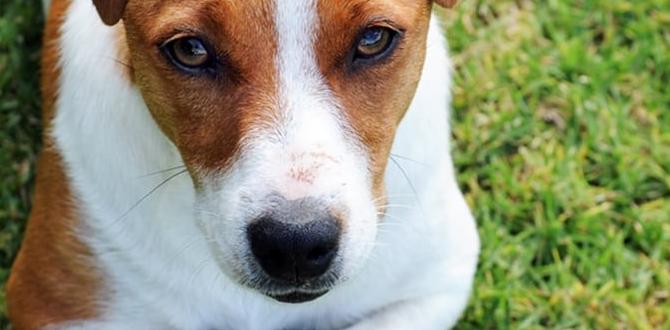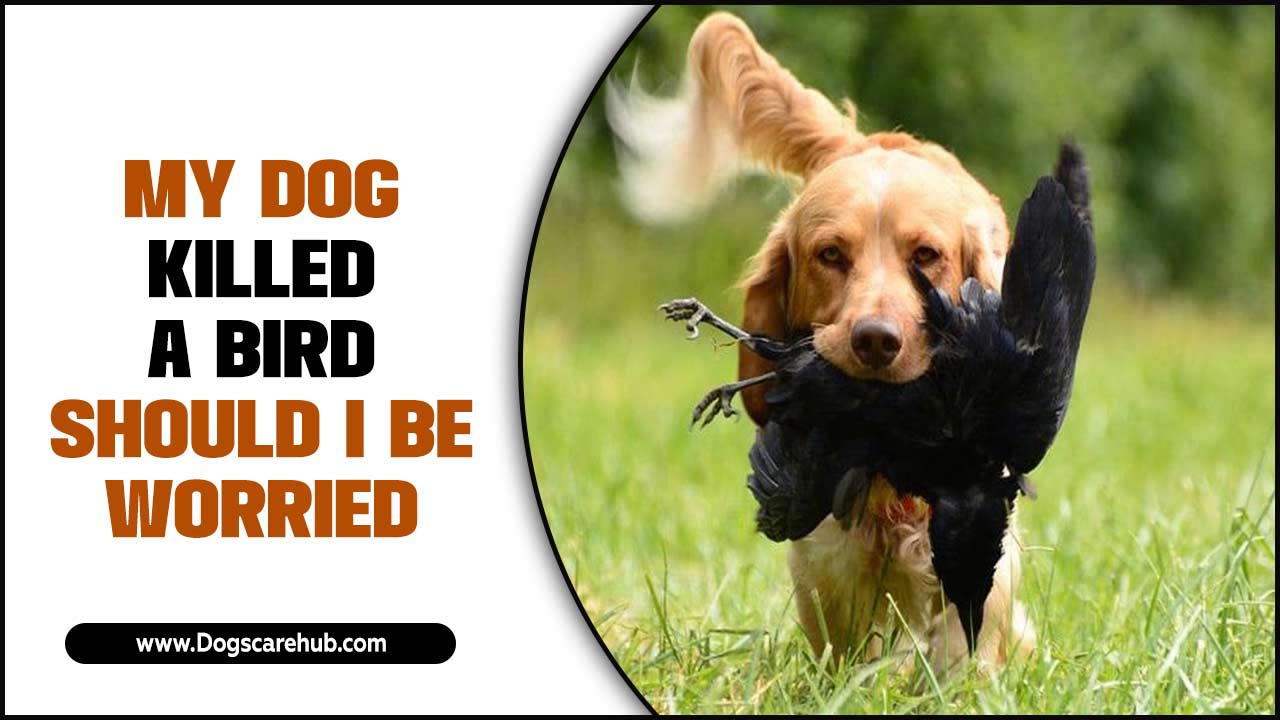Aggressive dog behavior solutions are a growing concern for pet owners worldwide. While the idea of a seemingly aggressive dog can be unsettling, it’s crucial to understand that “aggression” is a broad term encompassing a range of behaviors stemming from various underlying causes. Instead of resorting to punitive measures, a compassionate and informed approach is key to addressing and resolving these issues, leading to a happier, healthier relationship between you and your canine companion. This article will delve into effective fixes for aggressive dog behavior, offering practical strategies and insightful guidance.
Understanding the Roots of Aggressive Dog Behavior
Before we can implement effective fixes, we must first explore the potential origins of aggressive dog behavior. Aggression is rarely an inherent trait; it’s typically a learned response or a reaction to internal or external triggers. Common causes include:
Fear and Anxiety: A dog might exhibit aggression out of fear, trying to create distance from something they perceive as a threat. This can manifest in situations involving unfamiliar people, other animals, loud noises, or changes in their environment.
Resource Guarding: Dogs often display aggression to protect valuable resources like food, toys, or even their favorite resting spots. This is a primal instinct to ensure survival.
Pain or Medical Issues: Undiagnosed pain from injuries or underlying medical conditions can make a dog irritable and more prone to snapping or biting. It’s essential to rule out any health problems with a veterinarian.
Frustration and Boredom: Lack of mental and physical stimulation can lead to frustration, which can be expressed through aggressive outbursts. Insufficient exercise or enrichment can contribute to this.
Socialization Deficiencies: Dogs that haven’t been adequately socialized during their critical developmental periods might struggle with understanding appropriate social cues and can react aggressively to new experiences.
Genetics and Breed Predisposition: While not a sole determinant, certain breeds may have predispositions towards certain temperaments or behaviors that, if not managed appropriately, can manifest as aggression.
Past Trauma or Negative Experiences: A dog that has experienced abuse or frightening situations may develop defensive aggressive behaviors when encountering similar stimuli.
Effective Fixes for Aggressive Dog Behavior: A Multi-faceted Approach
Addressing aggressive dog behavior requires patience, consistency, and often, professional guidance. Here are some of the most effective solutions:
1. Veterinary Consultation: Ruling Out Medical Causes
As mentioned, pain is a significant, often overlooked, contributor to aggression. Your first port of call should always be your veterinarian. They can perform a thorough physical examination to identify any underlying medical conditions, injuries, or chronic pain that might be causing your dog distress and leading to aggressive behaviors. Treating these physical ailments can sometimes resolve the behavioral issues entirely.
2. Professional Guidance: Certified Trainers and Behaviorists
For situations involving moderate to severe aggression, seeking help from a qualified professional is paramount. Look for certified dog trainers or veterinary behaviorists who utilize positive reinforcement methods. These professionals can:
Accurately diagnose the cause of aggression: They have the expertise to differentiate between various types of aggression and their triggers.
Develop a tailored behavior modification plan: This plan will be specific to your dog’s needs and the particular type of aggression they are exhibiting.
Teach you effective management and training techniques: You’ll learn how to safely manage your dog’s environment and implement training strategies to gradually change their emotional response and behavior.
Provide ongoing support and guidance: They can help you navigate challenges and adjust the plan as your dog progresses.
3. Environmental Management and Prevention of Triggers
Until behavioral changes take effect, managing your dog’s environment to prevent them from practicing aggressive behaviors is crucial. This involves identifying and minimizing exposure to known triggers.
Leash Management: Keep your dog on a leash in public to prevent unwanted interactions and ensure control. Consider using a head halter or a front-clip harness for better management.
Secure Fencing: If your dog displays aggression through fences, ensure your fencing is secure and consider visual barriers to block their view of triggers.
Crate Training: A crate can provide a safe haven for your dog and protect them (and others) when you can’t actively supervise them.
Separation: If resource guarding is an issue, feed your dog separately from other pets and remove high-value items when not in use.
4. Positive Reinforcement Training Techniques
Positive reinforcement focuses on rewarding desired behaviors, making them more likely to occur again. This is the cornerstone of effective aggressive dog behavior solutions.
Desensitization and Counter-conditioning: This technique involves gradually exposing your dog to their trigger at a very low intensity (desensitization) while pairing it with something highly positive, like tasty treats or praise (counter-conditioning). The goal is to change their negative association with the trigger into a positive one. For example, if your dog is reactive to other dogs, you might start by showing them a dog at a distance where they don’t react, and immediately give them a treat. As they become more comfortable, you gradually decrease the distance.
Obedience Training: A strong foundation in basic obedience commands like “sit,” “stay,” and “come” can be incredibly helpful. It improves your dog’s responsiveness and allows you to redirect their attention when a trigger is present.
“Look at That” Game: This is a specific counter-conditioning exercise where you teach your dog to look at a trigger (e.g., another dog, a person) and then immediately look back at you, receiving a treat. This shifts their focus from the trigger to you and a positive reward.
5. Addressing Underlying Emotional States: Enrichment and Exercise
A tired and mentally stimulated dog is a well-behaved dog.
Physical Exercise: Ensure your dog is getting sufficient daily exercise appropriate for their breed, age, and energy levels. This can include walks, runs, fetch, or swimming.
Mental Stimulation: Engage your dog’s mind with puzzle toys, interactive feeders, scent games, or dog sports like agility or nose work. These activities help reduce boredom and frustration, which can often fuel aggression.
Socialization (Carefully Managed): If socialization is identified as a weakness, careful and controlled introductions to new people and well-behaved dogs in neutral, positive environments can be beneficial. Always prioritize your dog’s comfort and safety.
6. Diet and Supplements
While not a primary solution, a balanced diet can contribute to overall well-being. In some cases, your veterinarian might recommend calming supplements or prescription diets that can help manage anxiety.
The Importance of Patience and Consistency
It’s essential to remember that addressing aggressive dog behavior is not an overnight process. It requires dedication, patience, and unwavering consistency from all members of the household. Celebrate small victories, remain calm and assertive, and never resort to punishment, as this can often exacerbate fear and anxiety, leading to more severe aggression. By understanding the root causes and implementing effective* fixes through professional guidance, proper management, and positive reinforcement, you can help your dog overcome their aggressive tendencies and foster a more harmonious life together.
Meet Elyse Colburn, the devoted canine companion and storyteller behind the enchanting world of “Tales, Tails, and Adventures Unleashed.” A passionate dog enthusiast with a heart full of paw prints, Elyse Colburn shares heartwarming tales and insightful adventures, celebrating the joy, loyalty, and endless antics that make every dog a true hero. Join Elyse Colburn on this tail-wagging journey, where every post is a love letter to our four-legged friends.






